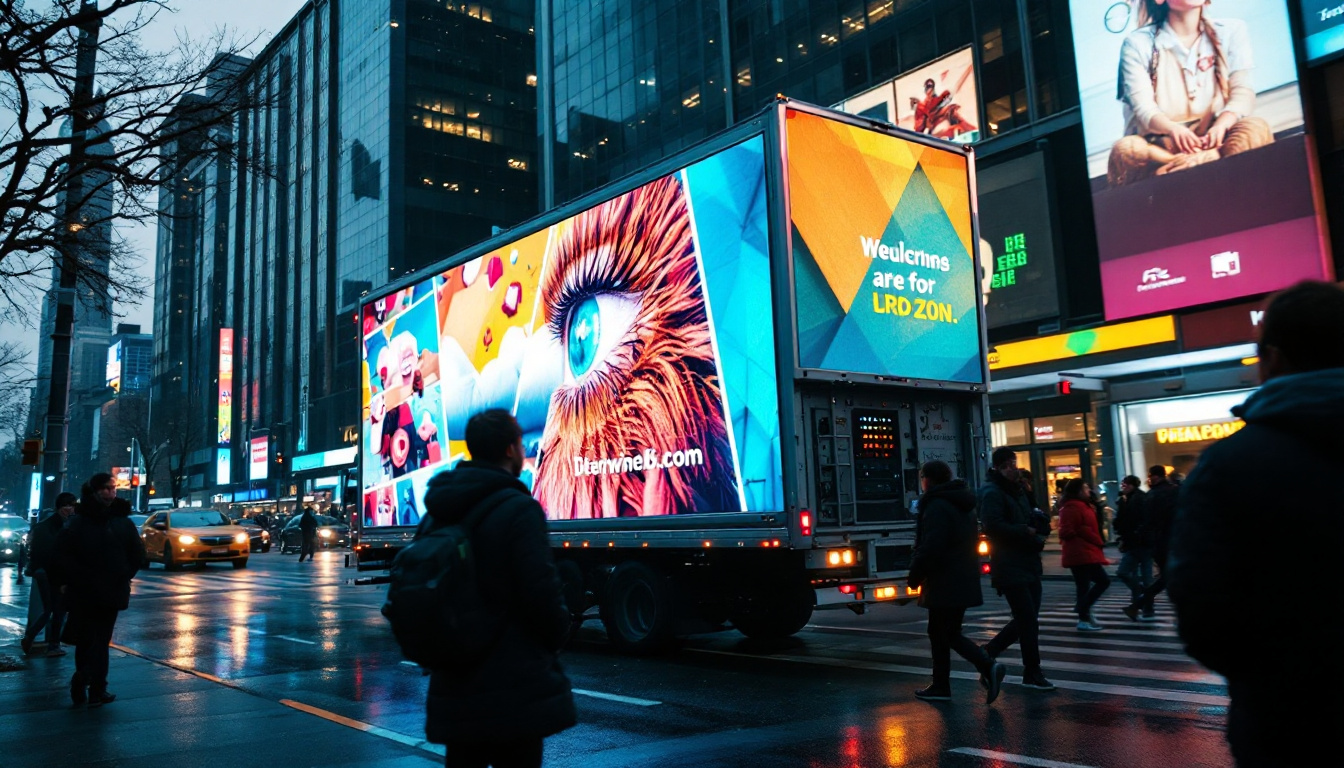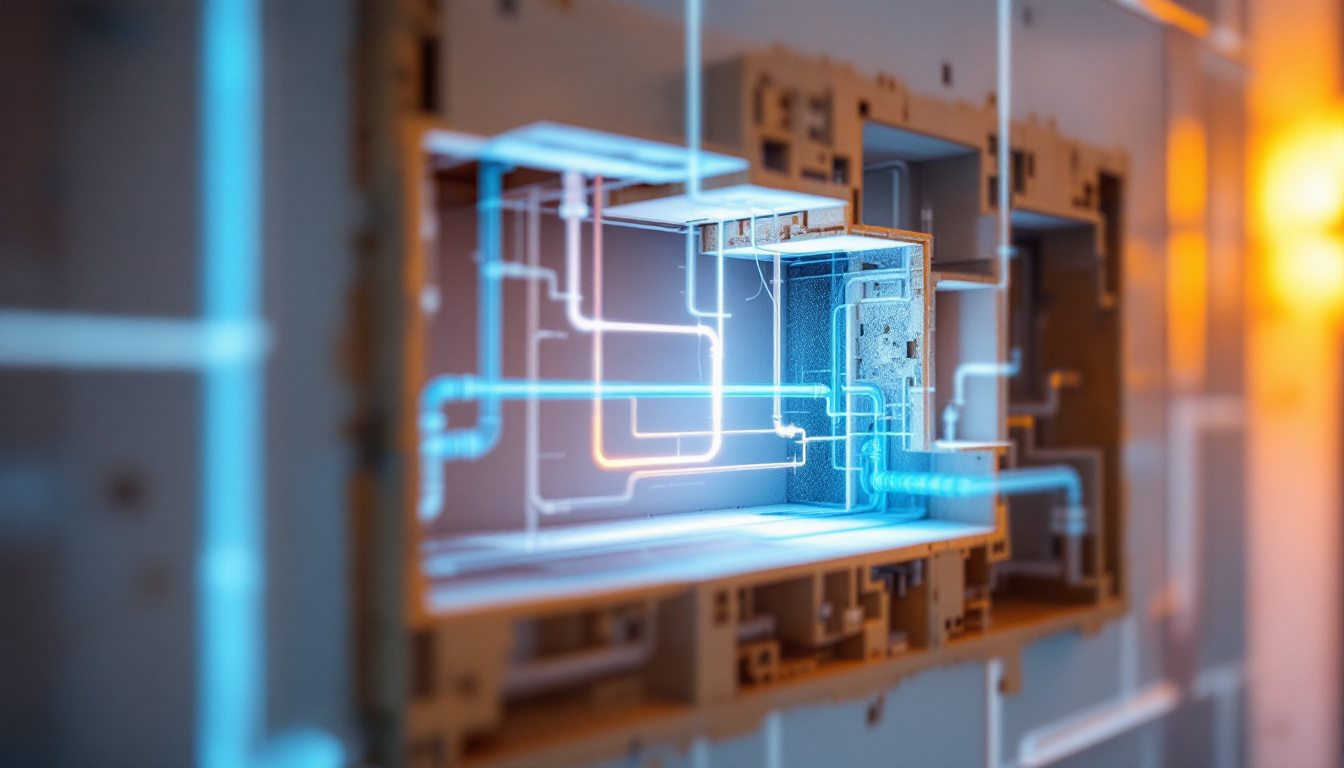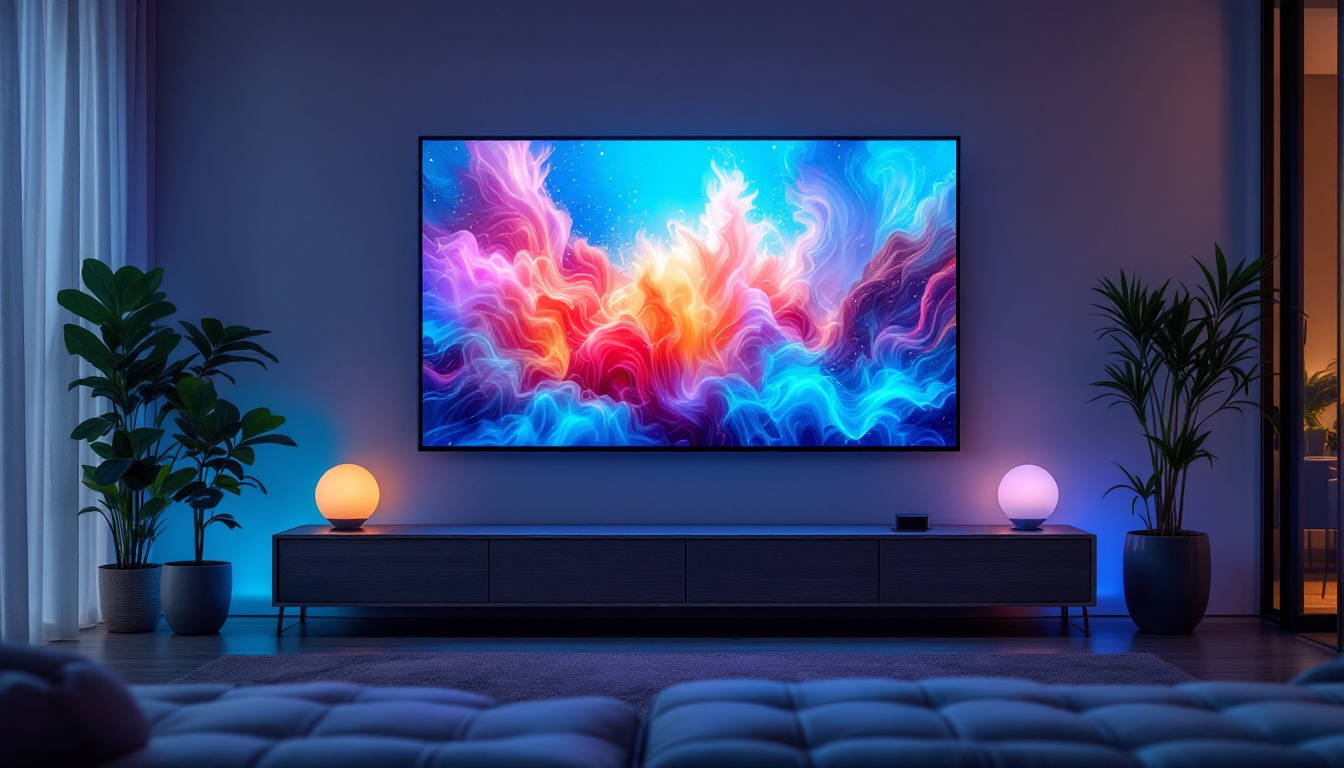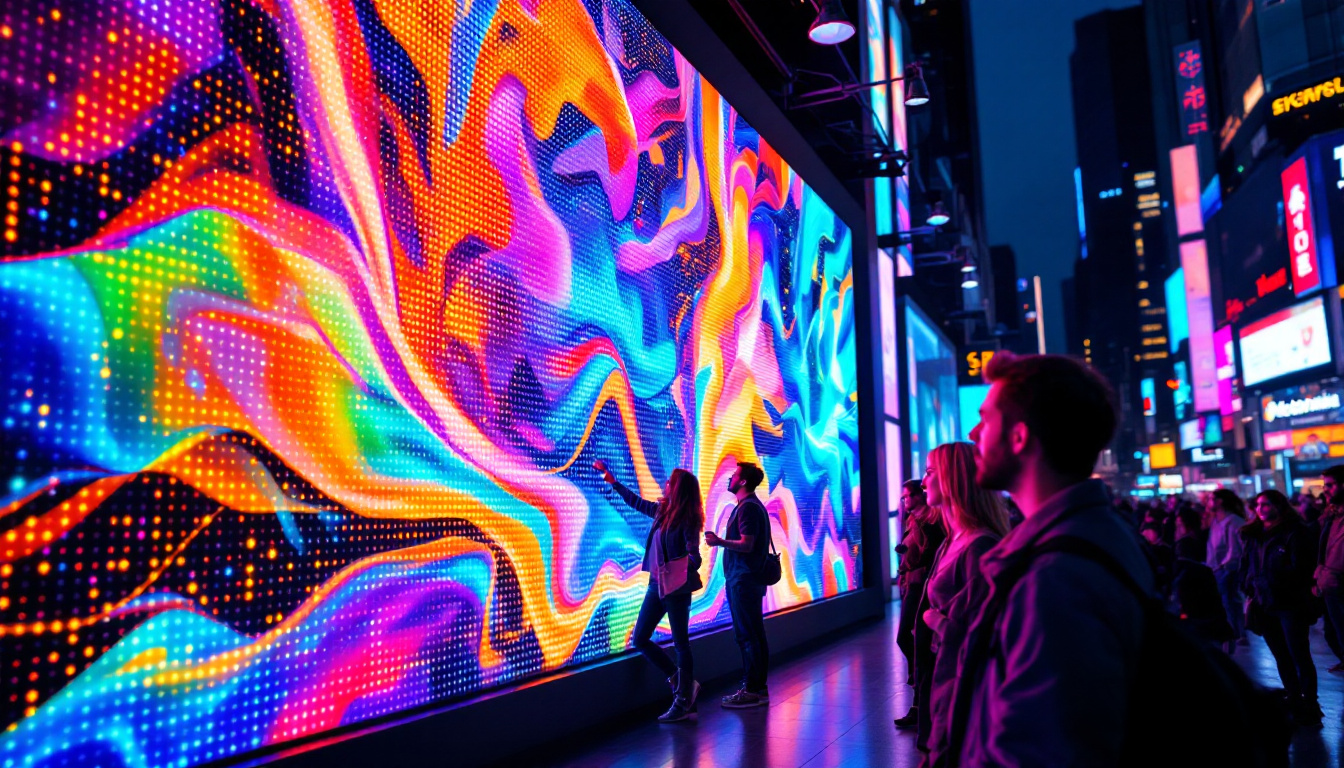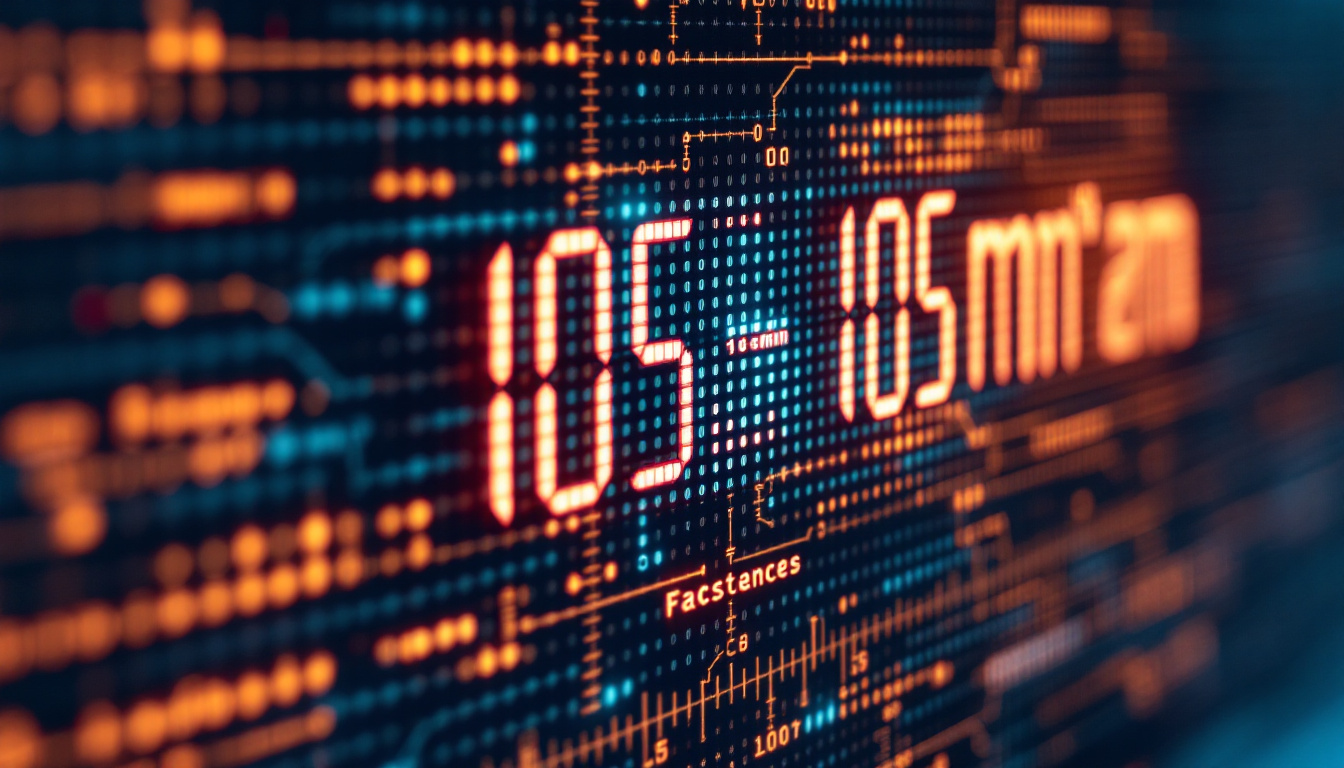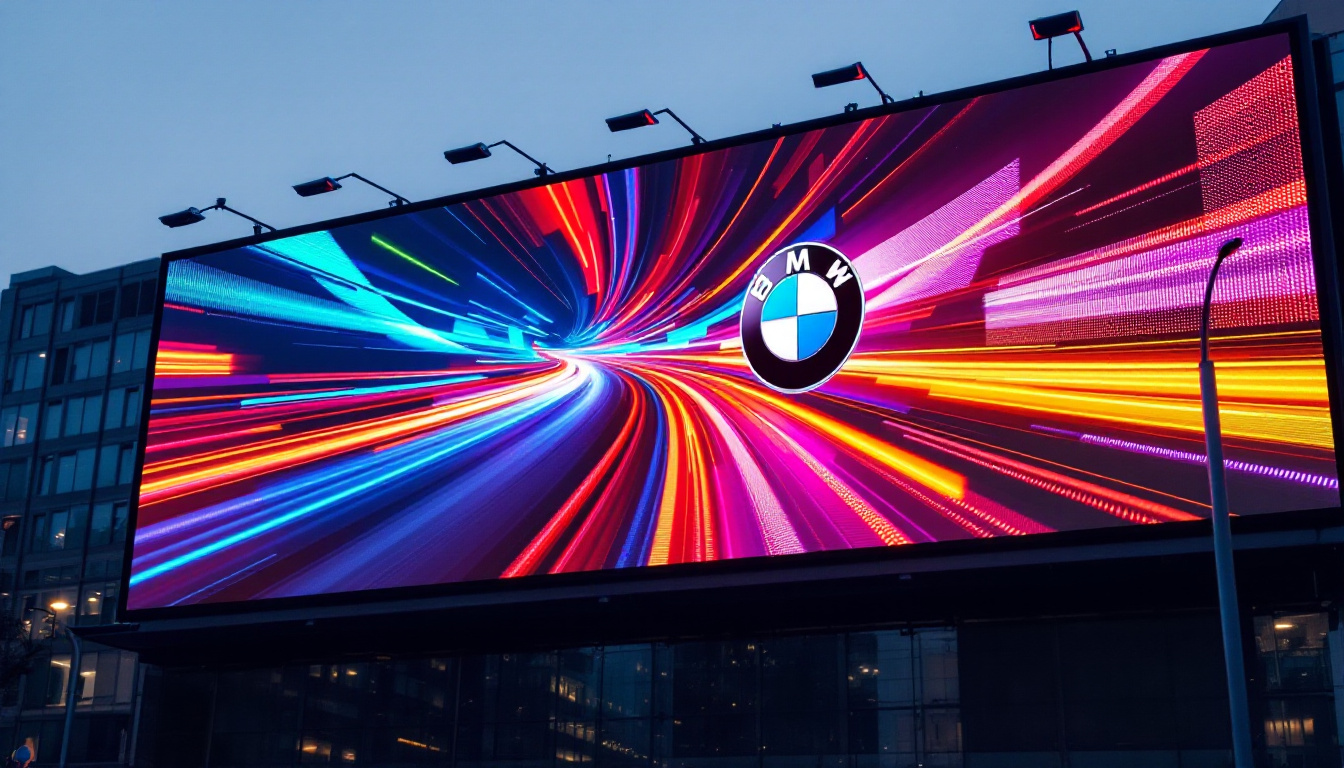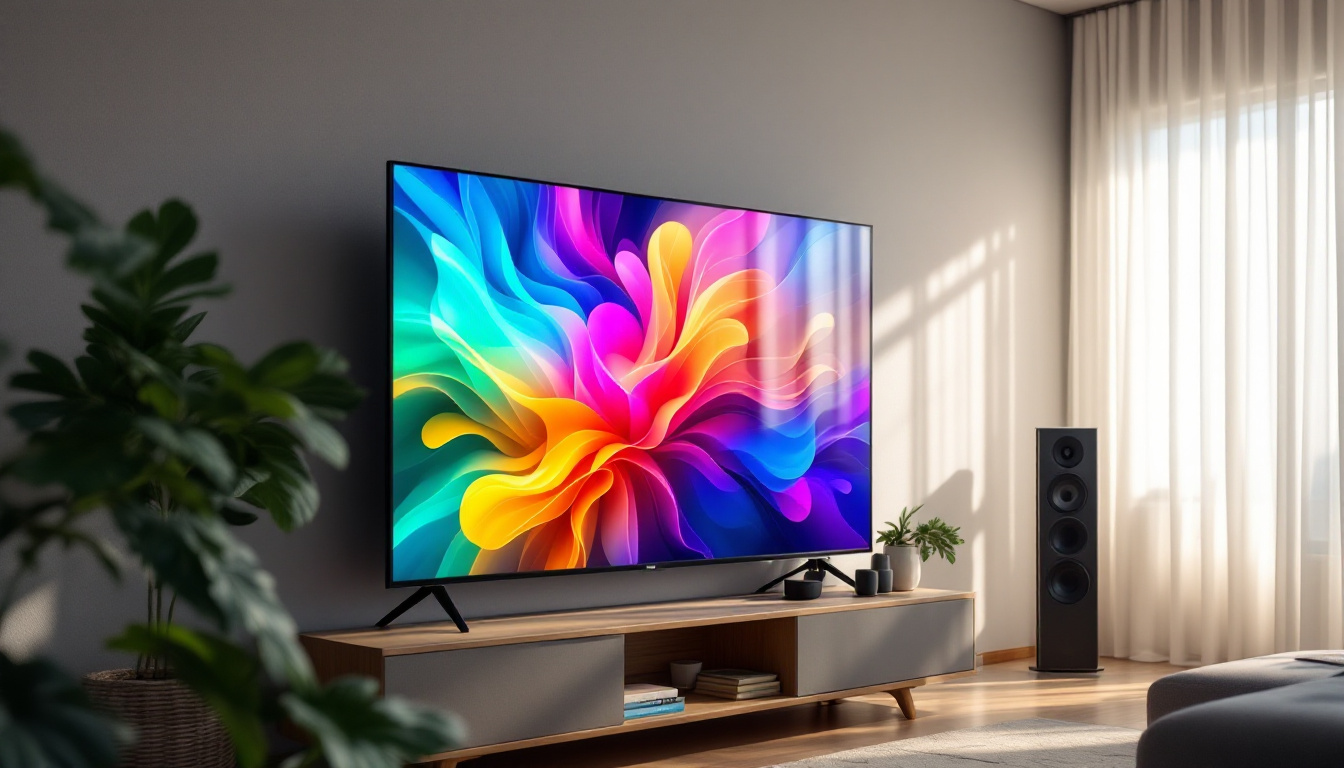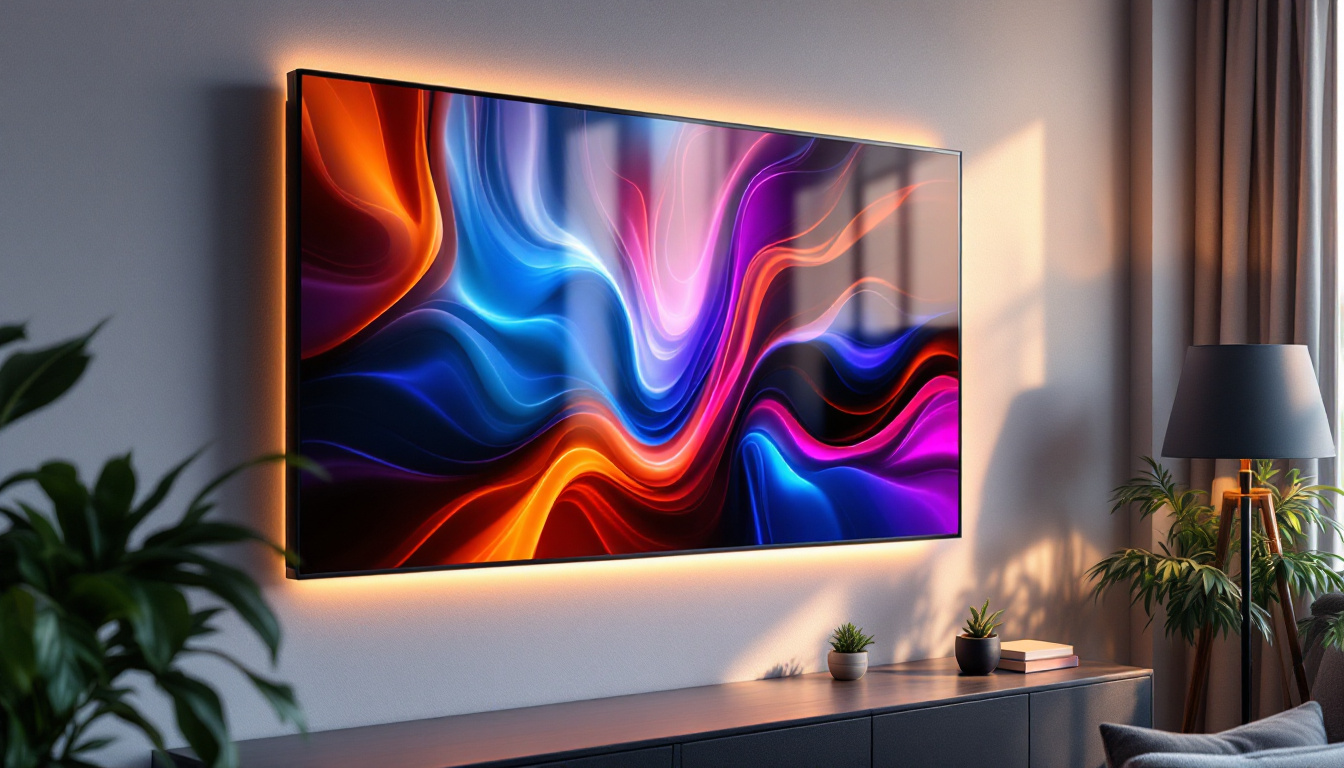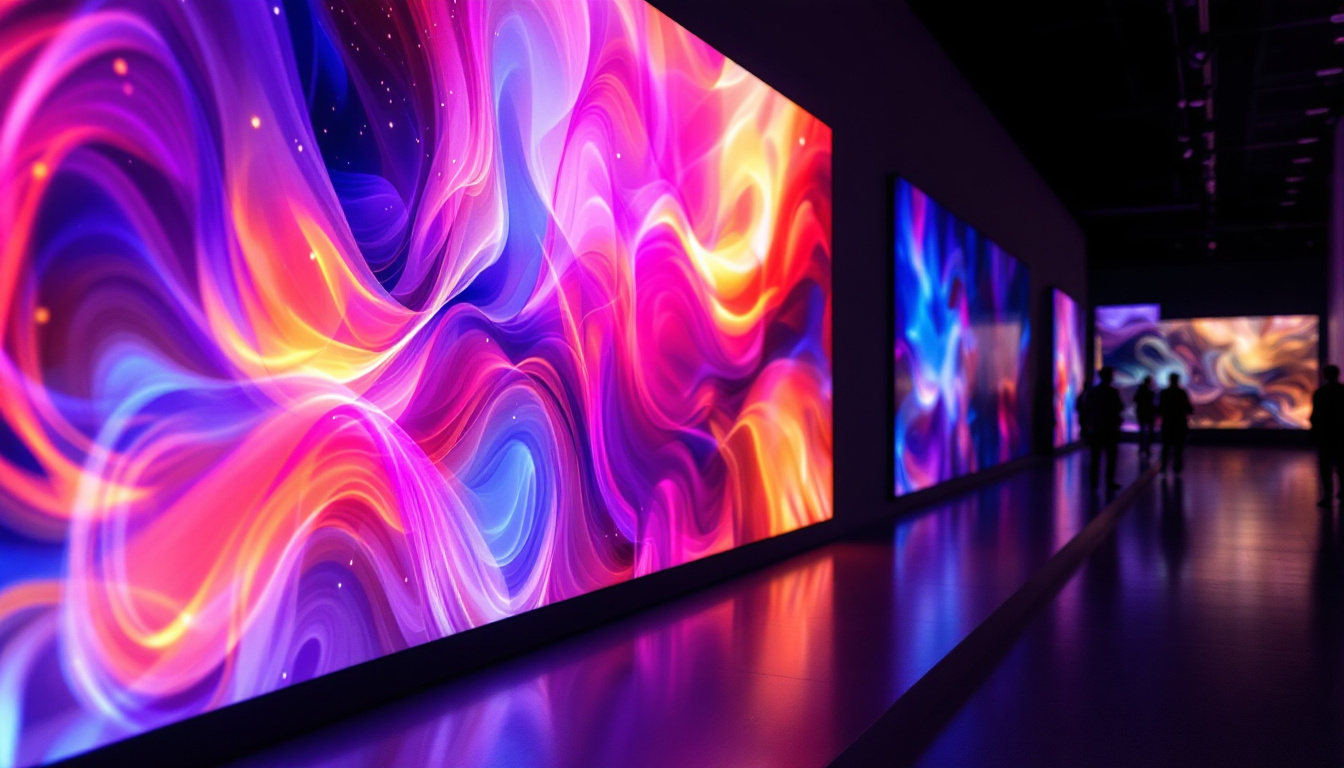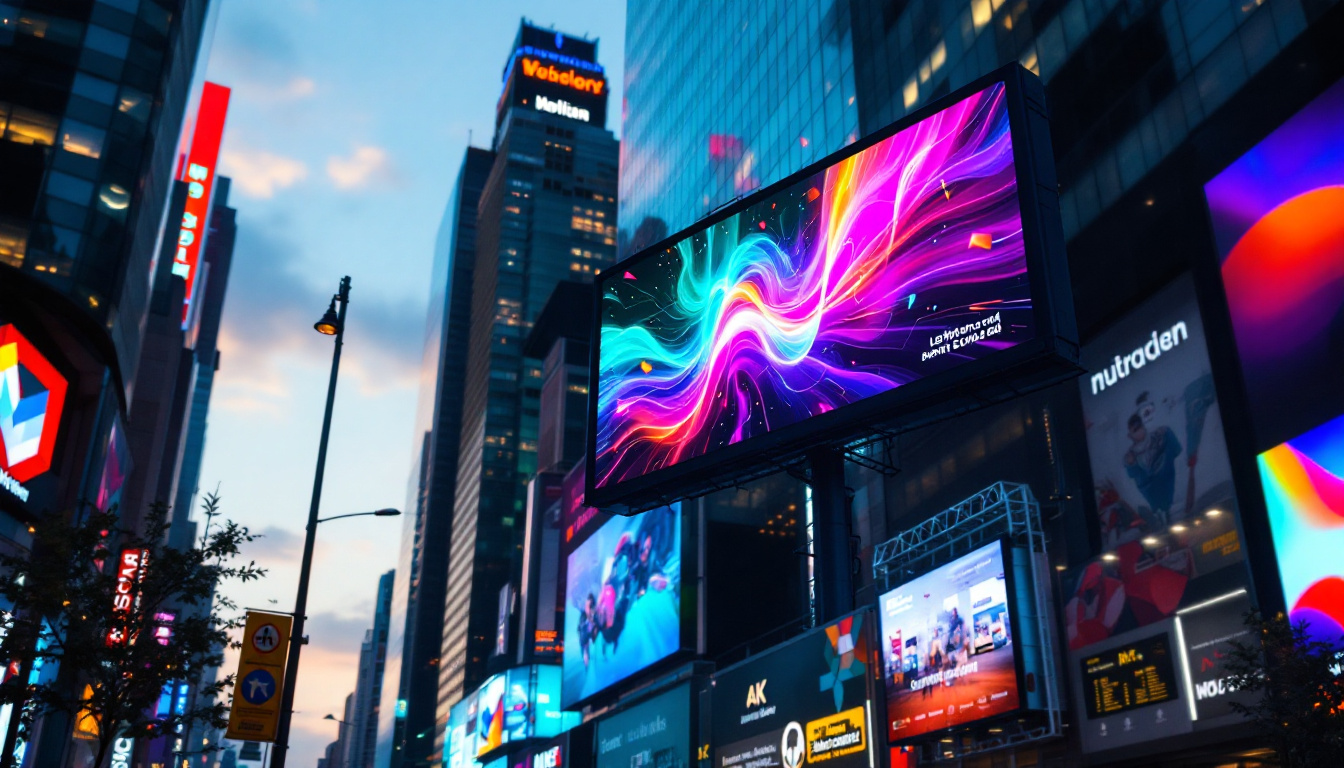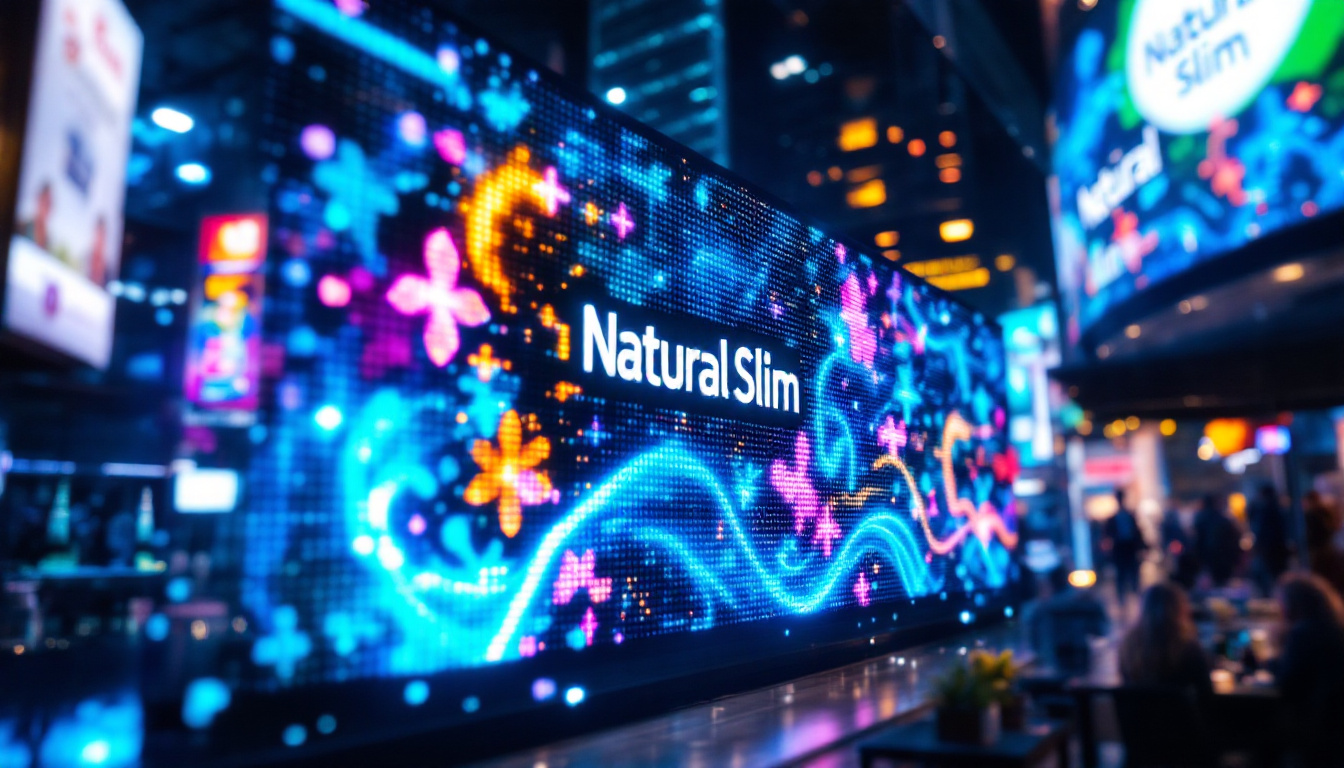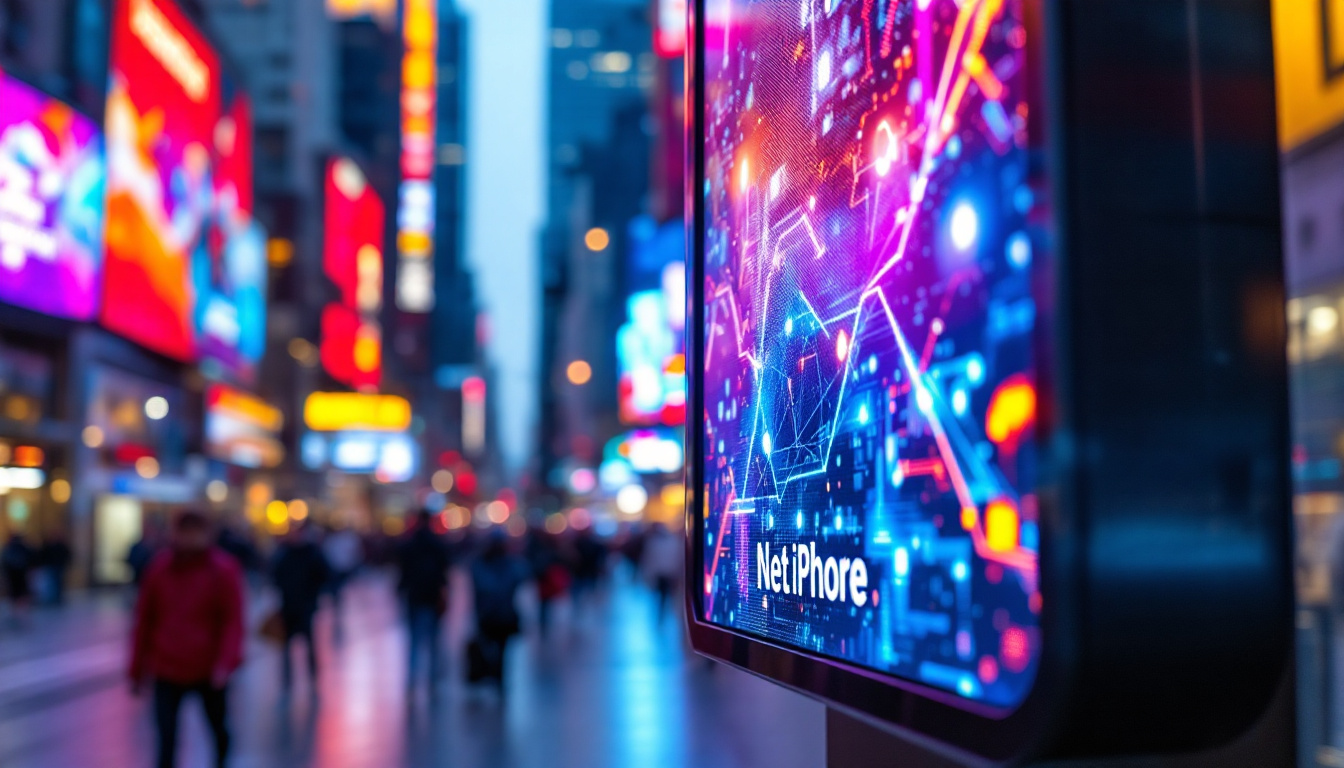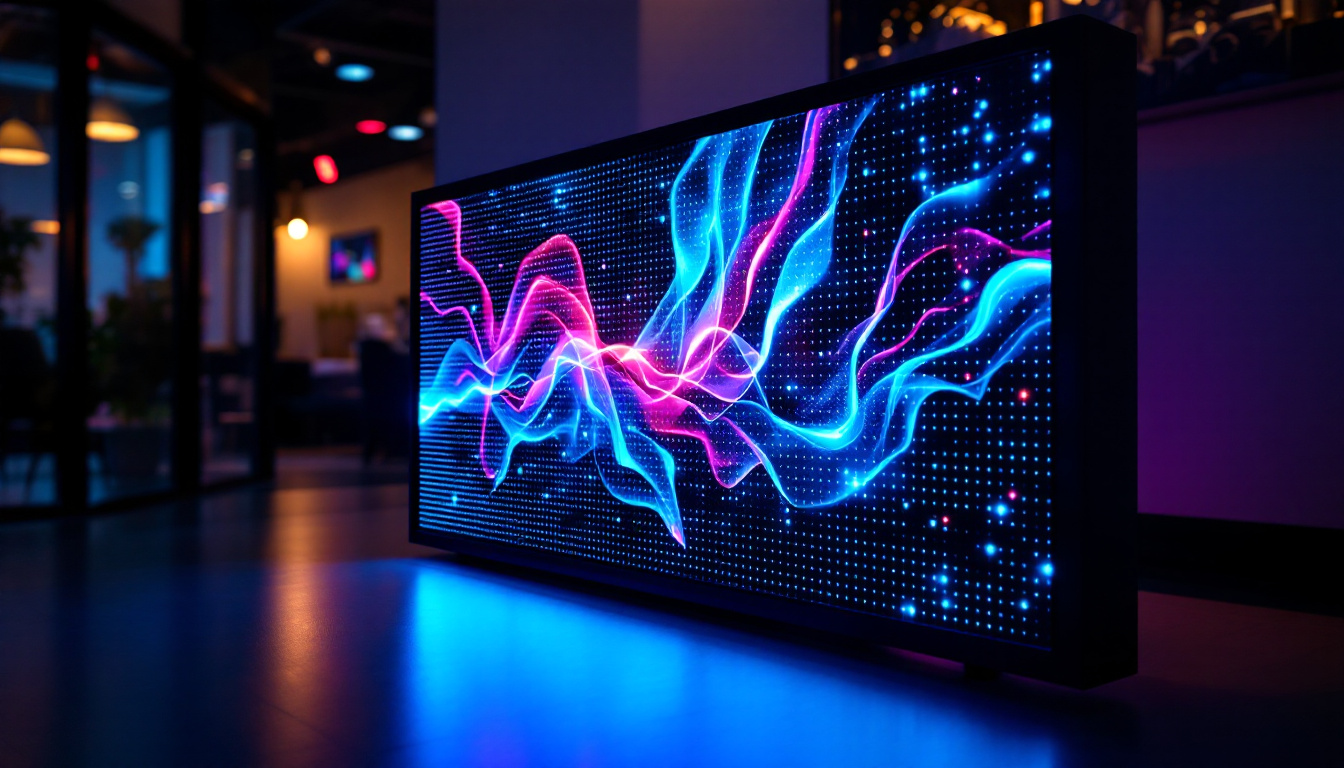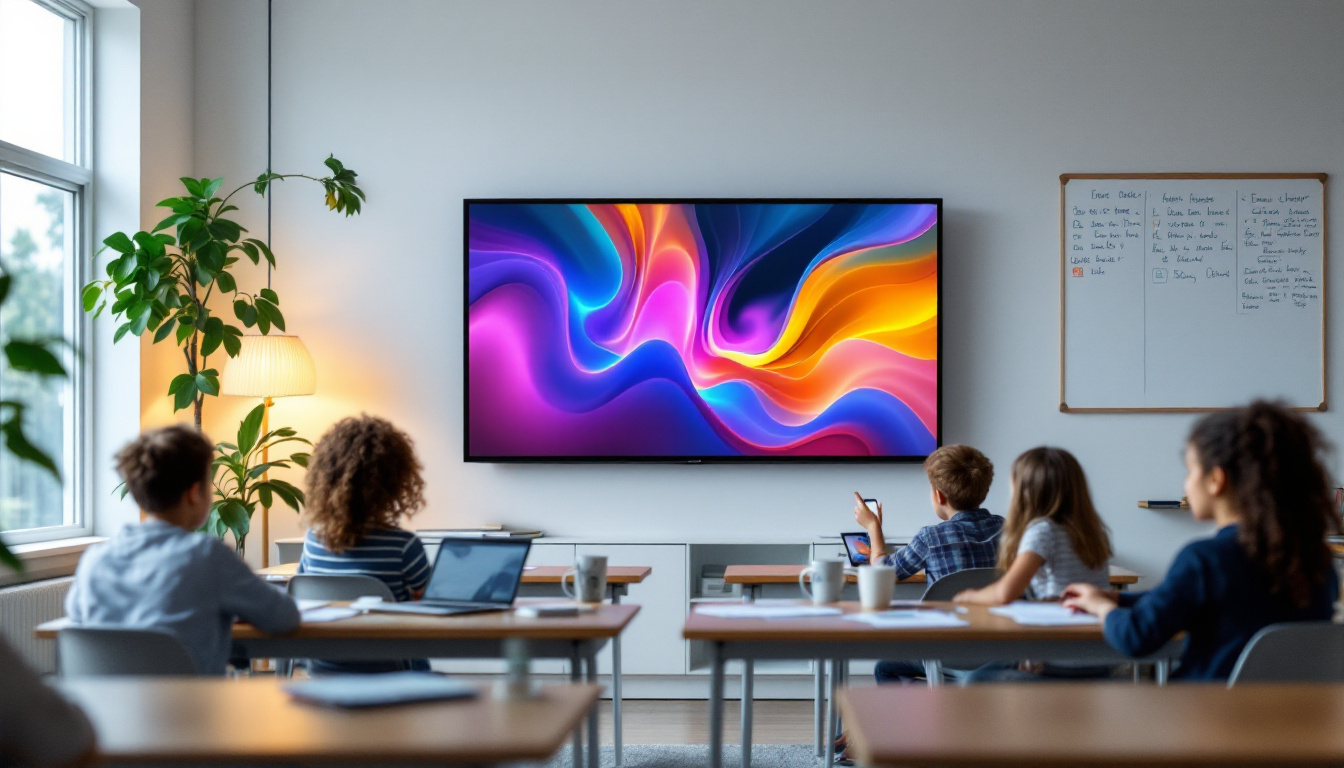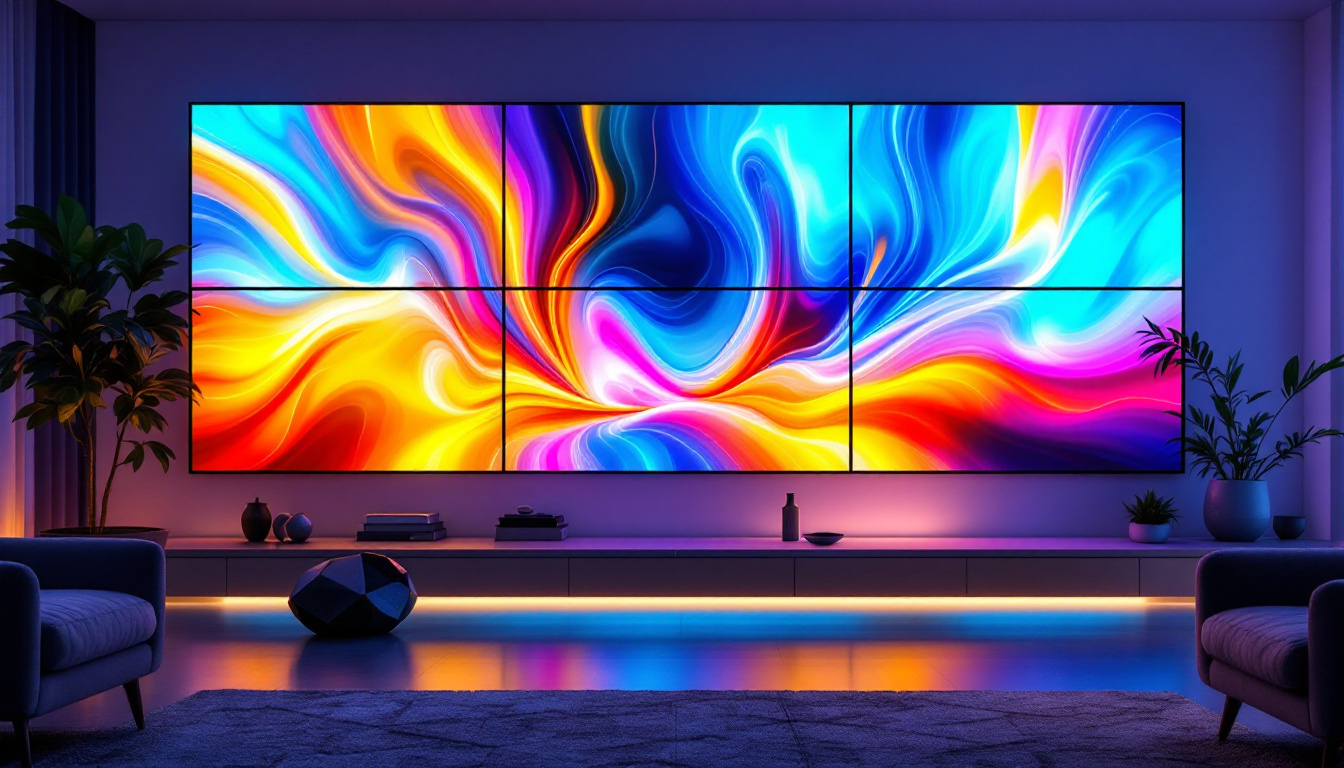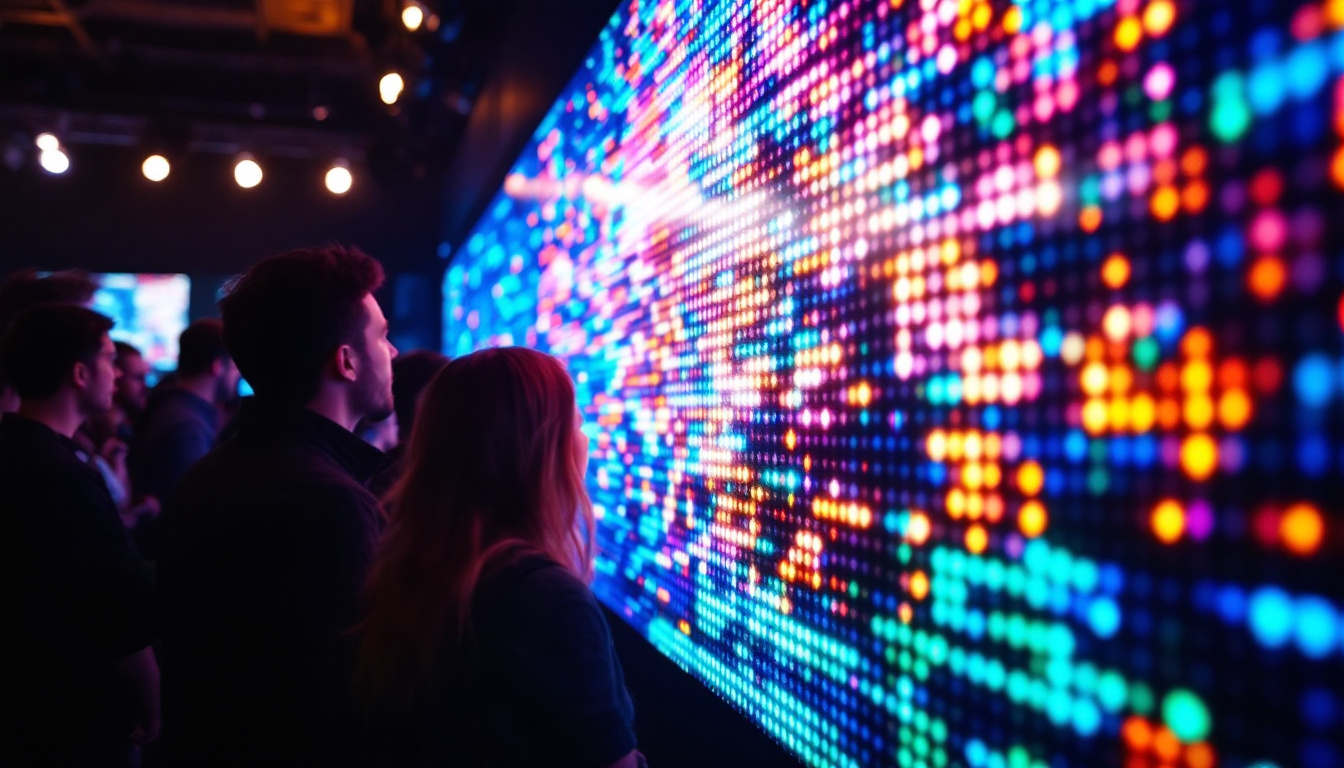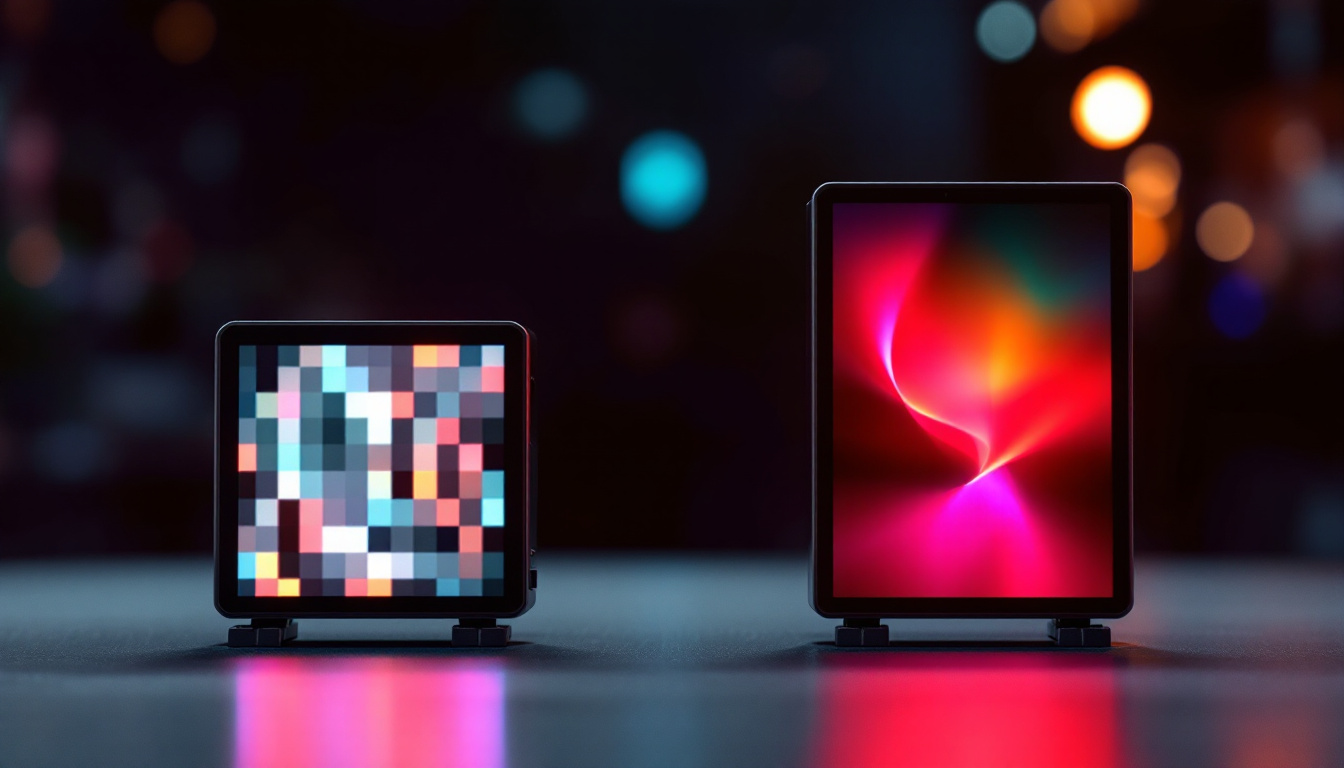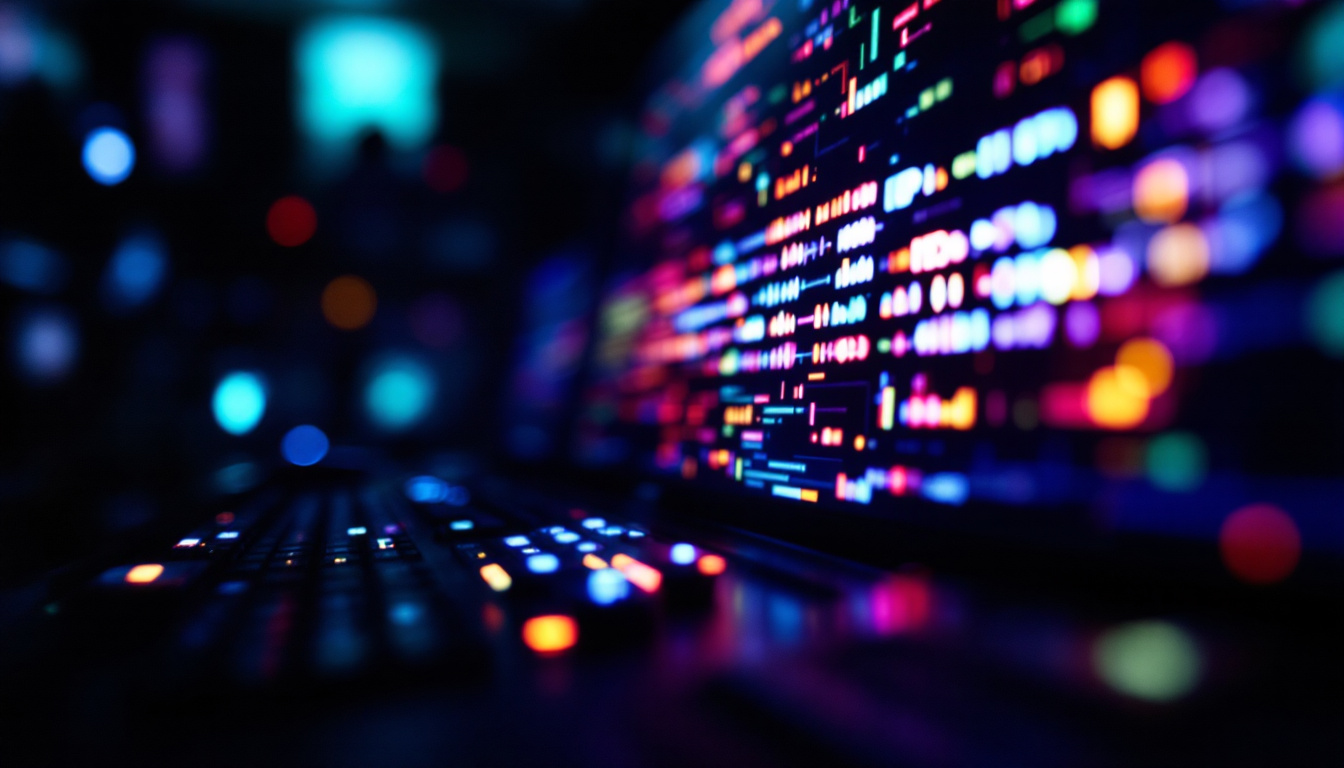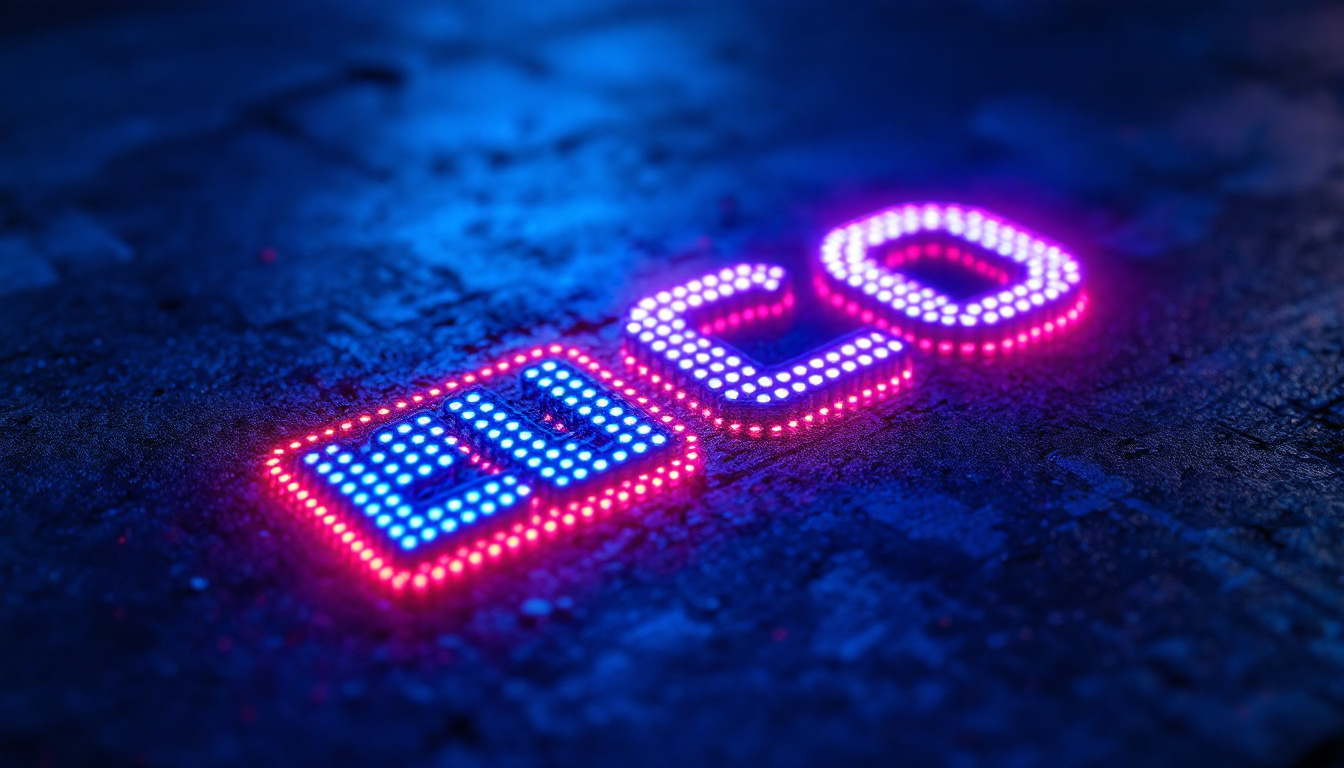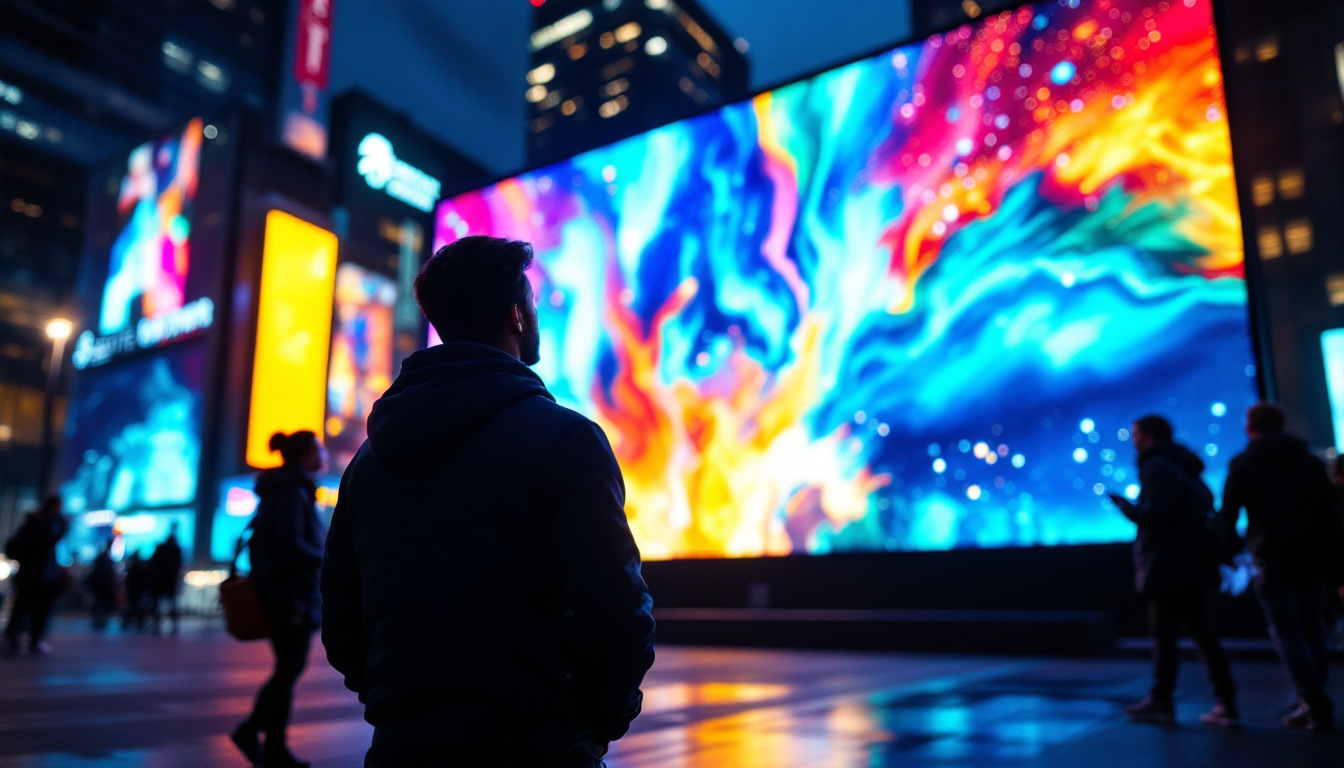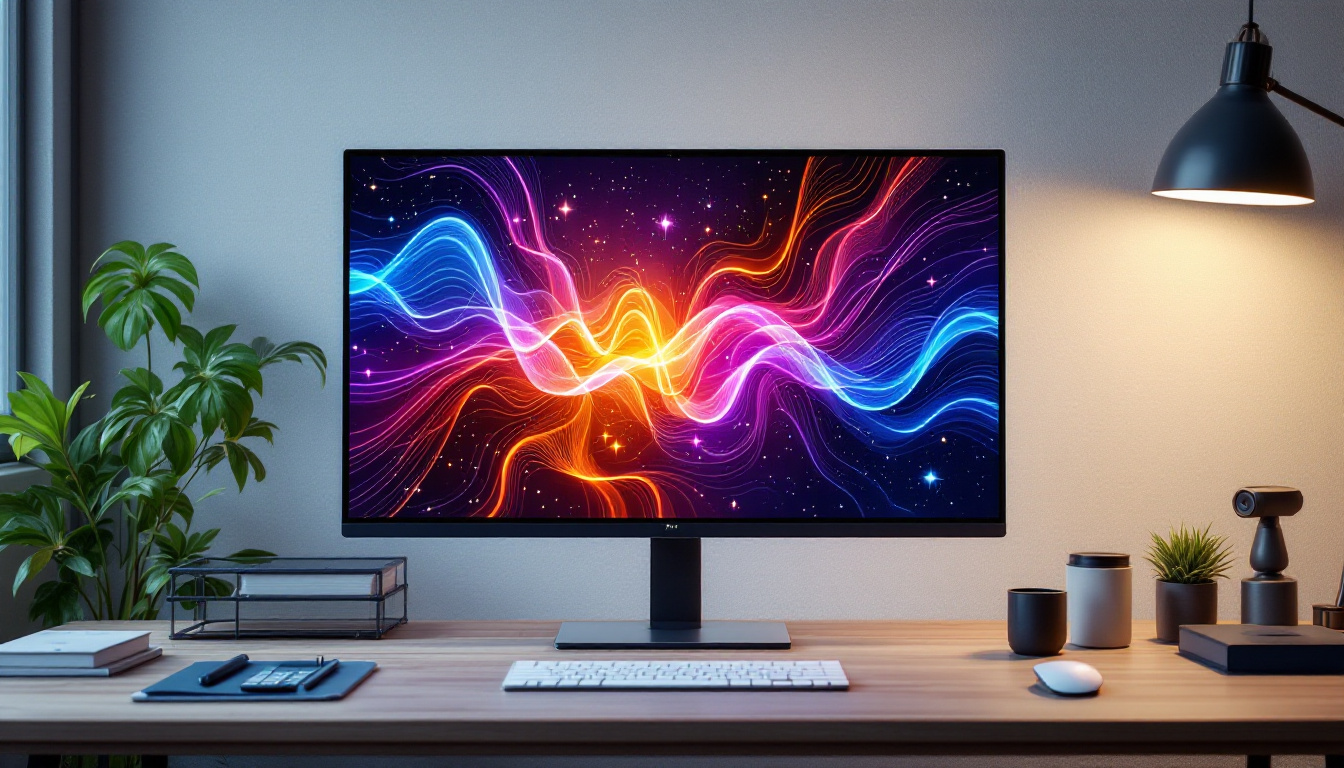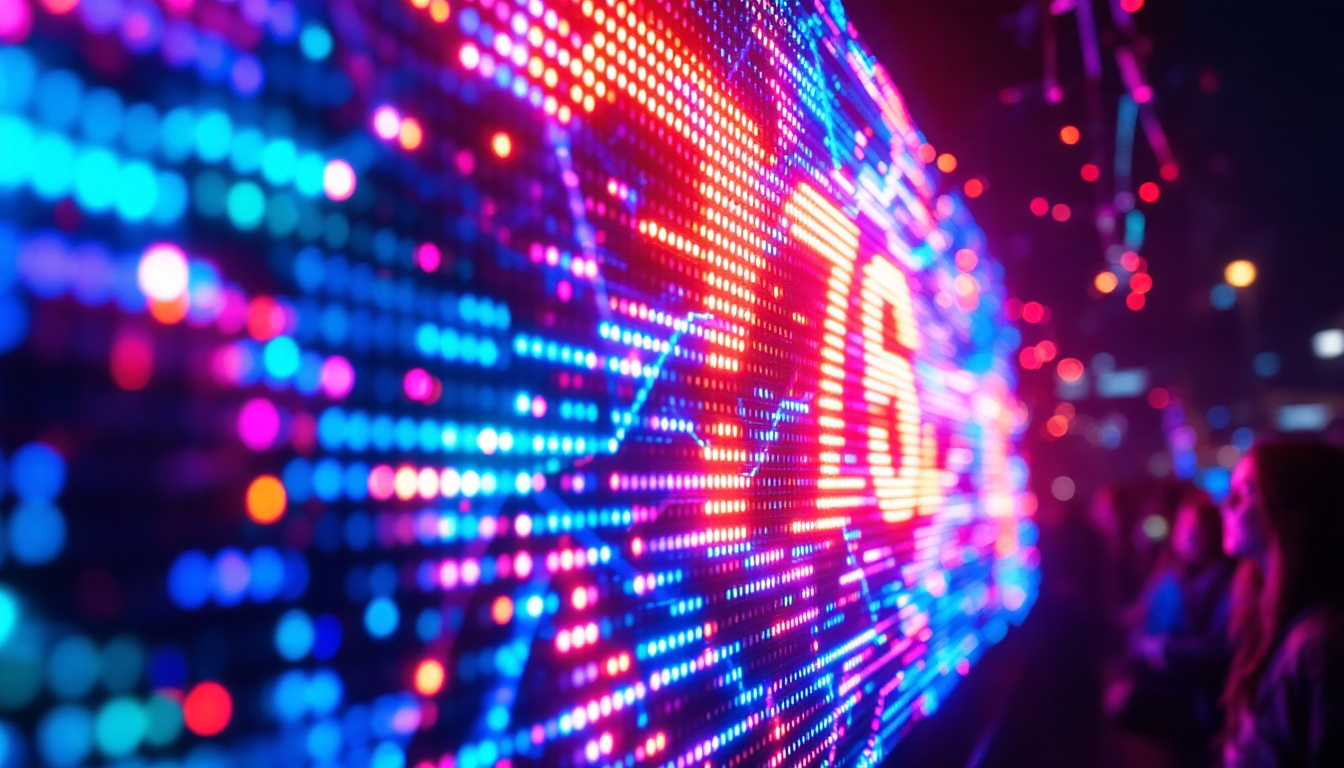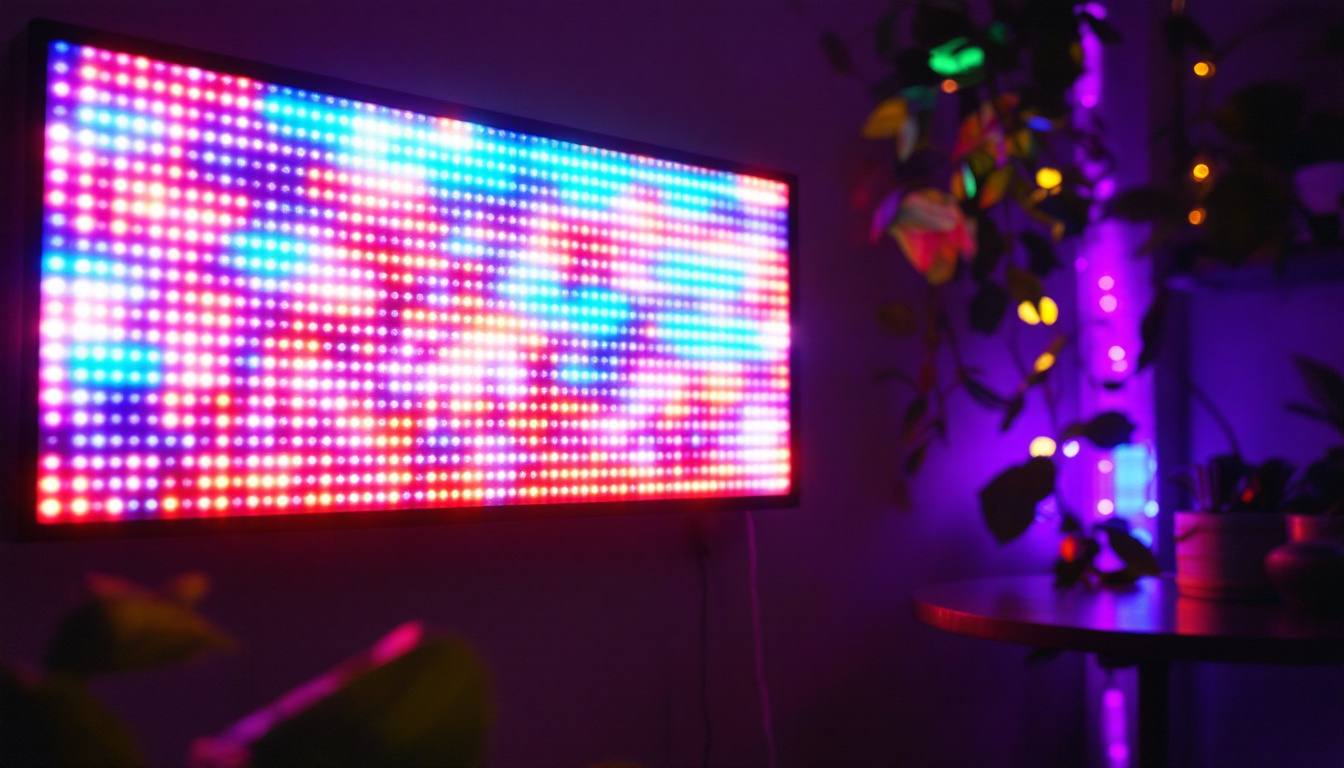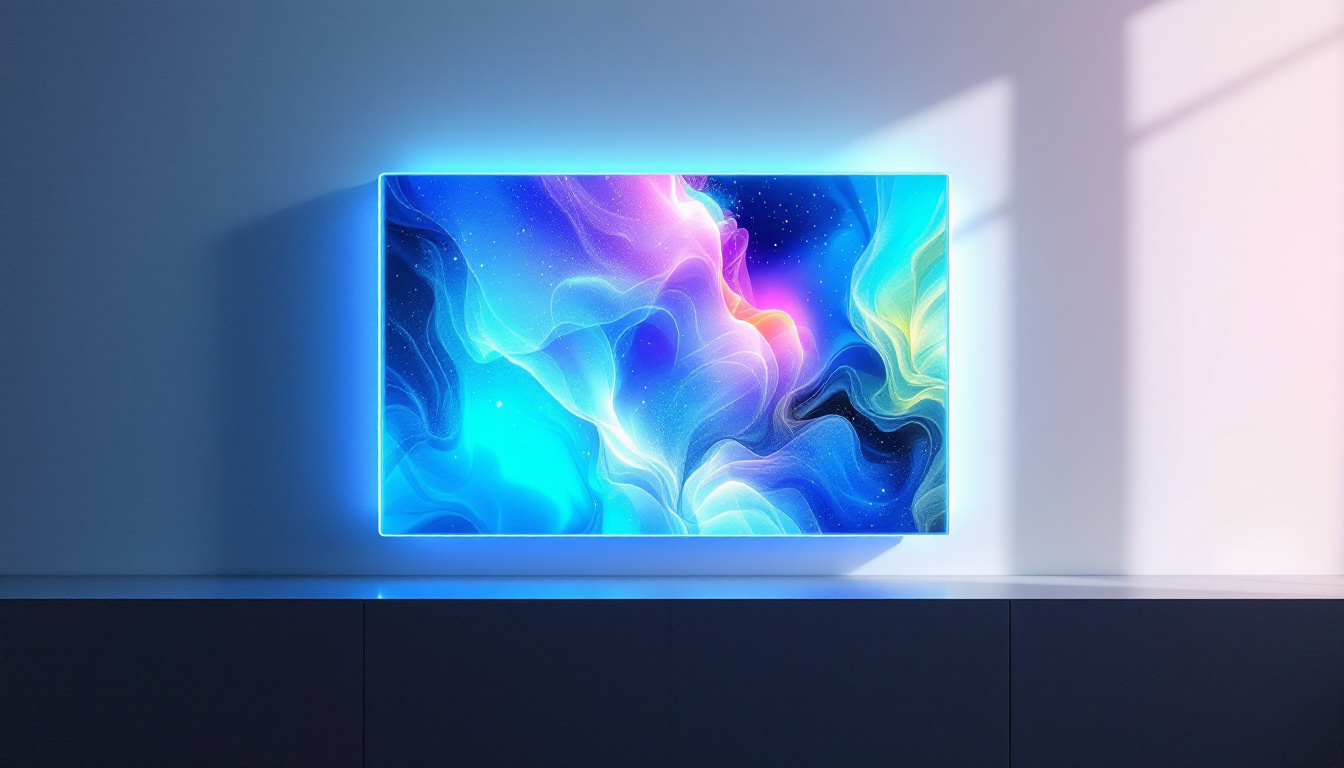In the realm of modern technology, LED displays have revolutionized the way information is presented and consumed. Among the various configurations available, the 2.9 X 60 LED display stands out for its unique dimensions and versatile applications. This article delves into the intricacies of this specific LED display, exploring its features, advantages, and common uses.
Understanding LED Technology
LED, or Light Emitting Diode, technology has transformed the display industry by offering brighter, more energy-efficient alternatives to traditional display methods. Unlike LCD or plasma screens, LED displays utilize semiconductor materials to emit light when an electric current passes through them. This fundamental difference not only enhances brightness but also improves color accuracy and contrast.
The Basics of LED Displays
At its core, an LED display consists of numerous tiny diodes that work together to create images and videos. These diodes can be arranged in various configurations, with the 2.9 X 60 designation indicating a specific pixel pitch and aspect ratio. The pixel pitch refers to the distance between the centers of two adjacent pixels, while the aspect ratio defines the width-to-height ratio of the display.
The 2.9 X 60 display features a pixel pitch of 2.9mm, which allows for a high resolution and clarity, making it suitable for close viewing distances. The “60” typically signifies the width of the display in inches, making it a long and narrow screen that is ideal for specific applications. Such displays are often used in settings like retail environments, where they can showcase advertisements or promotional content in a visually striking manner, capturing the attention of passersby.
Advantages of LED Displays
One of the primary advantages of LED displays is their energy efficiency. Compared to traditional display technologies, LEDs consume significantly less power, leading to reduced operational costs. Additionally, their long lifespan means less frequent replacements, further contributing to cost savings. This durability is particularly beneficial for businesses that rely on continuous operation, such as airports or train stations, where displays must function reliably around the clock.
LED displays also offer superior brightness and contrast levels. This is particularly important in environments with high ambient light, where traditional displays may struggle to maintain visibility. The vibrant colors produced by LED technology enhance the viewing experience, making it ideal for advertising and entertainment purposes. Furthermore, advancements in LED technology have led to the development of features such as dynamic brightness adjustment, which optimizes the display’s performance based on surrounding light conditions, ensuring that content remains clear and engaging at all times. This adaptability makes LED displays not only versatile but also a smart choice for a wide range of applications, from outdoor billboards to indoor event screens.
Applications of 2.9 X 60 LED Displays
The unique dimensions of the 2.9 X 60 LED display make it particularly suitable for a variety of applications. From commercial advertising to informational displays, this type of screen can be found in numerous settings.
Advertising and Marketing
In the world of advertising, visibility is key. The 2.9 X 60 LED display is often used in retail environments, where it can showcase promotions, product launches, and other marketing messages. Its elongated shape allows for dynamic content that can capture the attention of passersby, making it an effective tool for driving foot traffic into stores.
Furthermore, these displays can be integrated into digital signage networks, allowing for real-time updates and targeted messaging. This flexibility ensures that businesses can adapt their advertising strategies to meet changing consumer demands.
Transportation and Wayfinding
Another prominent application for the 2.9 X 60 LED display is in transportation hubs such as airports, train stations, and bus terminals. These displays can provide real-time information about arrivals, departures, and delays, helping travelers navigate their journeys more efficiently.
In addition to transportation, these displays are also effective for wayfinding in large venues such as shopping malls and convention centers. By providing directional information and event schedules, they enhance the overall visitor experience and reduce confusion.
Events and Entertainment
In the entertainment industry, the 2.9 X 60 LED display is often utilized for live events, concerts, and sports games. Its ability to display high-resolution visuals in a long format makes it ideal for stage backdrops or as part of a larger video wall setup. This enhances the visual experience for audiences and creates an immersive atmosphere.
Moreover, during events, the display can be used to convey important information, such as schedules, sponsor messages, and interactive content, further engaging attendees.
Technical Specifications of 2.9 X 60 LED Displays
Understanding the technical specifications of the 2.9 X 60 LED display is crucial for determining its suitability for specific applications. Key specifications include resolution, brightness, refresh rate, and viewing angles.
Resolution and Pixel Density
The resolution of a 2.9 X 60 LED display is determined by its pixel density, which is influenced by the pixel pitch. With a pixel pitch of 2.9mm, this display can achieve a high resolution, making it suitable for close viewing distances. This is particularly important for applications where detail is crucial, such as in advertising or informational displays.
For example, a display with a resolution of 1920 x 1080 pixels can provide sharp images and crisp text, ensuring that the content is easily readable from various distances.
Brightness and Contrast
Brightness is another critical specification for LED displays, measured in nits. A higher brightness level is essential for outdoor applications or environments with significant ambient light. The 2.9 X 60 LED display typically offers brightness levels ranging from 1000 to 5000 nits, ensuring visibility in diverse lighting conditions.
Contrast ratio, which measures the difference between the darkest and brightest parts of an image, is also vital. A higher contrast ratio enhances the clarity and vibrancy of the displayed content, making it more appealing to viewers.
Refresh Rate and Viewing Angles
The refresh rate of an LED display refers to how often the image is updated per second, measured in hertz (Hz). A higher refresh rate is particularly important for video content, reducing motion blur and providing a smoother viewing experience. The 2.9 X 60 LED display typically supports refresh rates of 60Hz or higher, making it suitable for dynamic content.
Viewing angles are another important consideration. A wider viewing angle ensures that the display remains visible and clear from various positions, which is essential for public displays where audiences may be scattered across a large area. Many modern LED displays offer viewing angles of up to 160 degrees, providing flexibility in installation and audience engagement.
Installation and Maintenance Considerations
Installing and maintaining a 2.9 X 60 LED display requires careful planning and consideration. Proper installation ensures optimal performance and longevity, while regular maintenance is crucial for keeping the display in top condition.
Installation Best Practices
When installing a 2.9 X 60 LED display, it is essential to consider the location and mounting options. The display should be positioned at a height and angle that maximizes visibility for the intended audience. Additionally, ensuring adequate ventilation and access for maintenance is crucial to prevent overheating and facilitate repairs.
Wiring and connectivity are also important aspects of installation. Properly routing power and data cables minimizes the risk of interference and ensures reliable performance. It is advisable to work with experienced professionals to ensure that all installation guidelines and safety standards are met.
Regular Maintenance Tasks
To maintain the performance of a 2.9 X 60 LED display, regular maintenance tasks should be performed. This includes cleaning the display surface to remove dust and debris, which can affect brightness and clarity. Additionally, checking connections and cables for wear and tear is essential to prevent disruptions in service.
Software updates are also an important aspect of maintenance. Keeping the display’s firmware up to date ensures compatibility with the latest content management systems and enhances overall functionality.
The Future of LED Displays
As technology continues to evolve, the future of LED displays looks promising. Innovations in LED technology, such as microLED and OLED, are paving the way for even more advanced display solutions. These technologies offer improved color accuracy, flexibility in design, and enhanced energy efficiency.
Emerging Trends in LED Technology
One of the most exciting trends in LED technology is the development of flexible displays. This innovation allows for curved and irregular shapes, opening up new possibilities for creative installations in architecture and design. Such flexibility can lead to more engaging and immersive experiences for viewers.
Additionally, advancements in artificial intelligence and machine learning are being integrated into display technologies. These enhancements can optimize content delivery based on audience engagement and preferences, making displays more interactive and effective in conveying messages.
Sustainability Considerations
As environmental concerns continue to grow, the LED display industry is also focusing on sustainability. Manufacturers are increasingly adopting eco-friendly materials and production methods, as well as designing displays that are easier to recycle. This shift toward sustainability not only benefits the planet but also appeals to consumers who prioritize environmentally responsible products.
Furthermore, energy-efficient designs contribute to reduced carbon footprints, making LED displays a more sustainable choice for businesses and organizations.
Conclusion
The 2.9 X 60 LED display represents a versatile and powerful tool in the world of visual communication. With its unique dimensions, high resolution, and vibrant color capabilities, it is well-suited for a wide range of applications, from advertising to transportation and entertainment.
Understanding the technical specifications, installation considerations, and maintenance requirements is essential for maximizing the benefits of this technology. As LED technology continues to evolve, staying informed about emerging trends and sustainability efforts will ensure that businesses can leverage the full potential of LED displays in the future.
In a rapidly changing digital landscape, the 2.9 X 60 LED display stands as a testament to the innovation and adaptability of modern display technology, promising to enhance communication and engagement for years to come.
Discover LumenMatrix LED Display Innovations
Ready to elevate your visual communication strategy with the latest in LED display technology? LumenMatrix offers a comprehensive range of cutting-edge LED solutions tailored to your needs. From captivating Indoor LED Wall Displays to dynamic Outdoor LED Wall Displays, and from versatile Vehicle LED Displays to innovative LED Sports Displays, we have everything to transform your space into a vibrant hub of engagement. Experience the future of digital signage with LumenMatrix and let us help you create unforgettable visual experiences that resonate with your audience. Check out LumenMatrix LED Display Solutions today and step into a world where clarity and impact go hand in hand.


